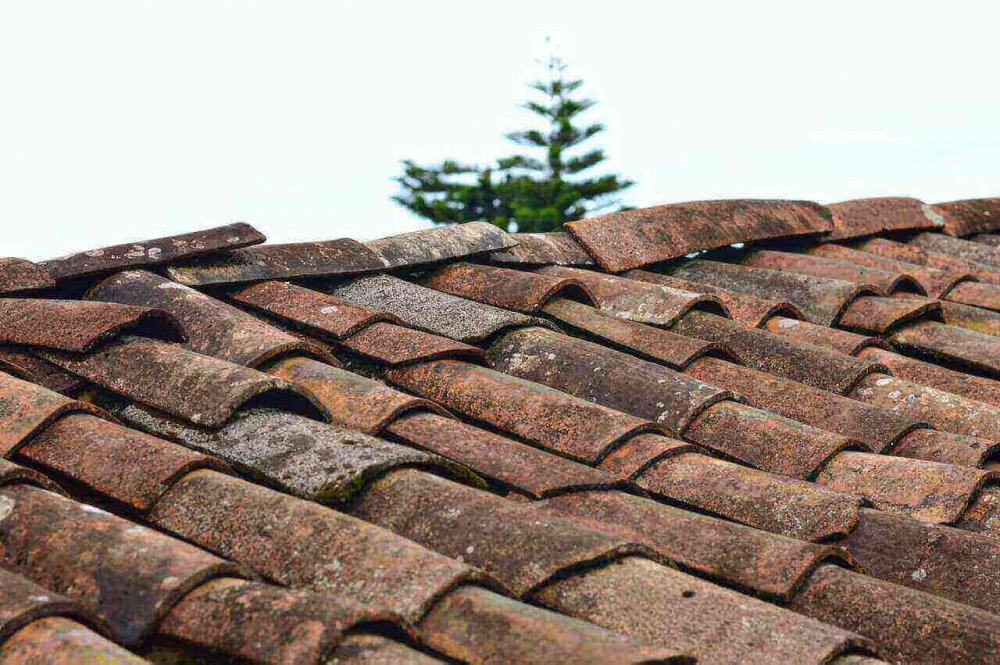How To Identify Asbestos
Back in the day, asbestos was quite popular as it was fire-resistant, lightweight, and cheap. However, since the 1970s, government agencies have halted production of materials made of asbestos due to the health and environmental risks posed.
Today, although asbestos isn’t used much in the industry, it remains in many older homes and buildings. In this blog, you’ll learn everything you need to know about asbestos and how to stay safe and healthy.
What Does Asbestos Look Like?
Asbestos is a group of minerals. It includes 6 different fibrous silicate-based substances. These substances are made of oxygen and silicon. In addition, it includes anthophyllite, actinolite, tremolite, crocidolite, chrysotile, and amosite.
The way these minerals are structured makes it possible for the bundles of long, thin fibers to easily pull apart. And, when that happens, the fibers can become airborne and get inhaled by humans.
Is Asbestos Hazardous?
More than 39,000 Americans die each year due to diseases related to asbestos. So, yes, it can be very dangerous.
As already mentioned, exposure to asbestos happens when its fibers get pulled apart, become airborne, and are inhaled or even ingested. The reason exposure to asbestos is so dangerous is because when somebody gets exposed, the tiny fibers get lodged inside a person’s tissue.

After a long period of exposure, this can lead to a variety of health problems such as inflammation, tissue damage, respiratory illnesses and even cancer.
As a matter of fact, all types of asbestos contain carcinogens. This means that when exposed to asbestos, there is a high likelihood that a person will develop cancerous cells. Common types of cancers that may develop include lung cancer, mesothelioma, gastrointestinal, esophageal, gallbladder, kidney, throat, and colorectal cancers.
Where Is Asbestos Found?
Items that may contain asbestos include:
- Car brakes
- Heat-resistant fabrics
- Blankets that protect hot water pipes
- Siding on houses
- Vinyl tiles used for floors
- Insulation in walls and attics
- Shingles
Asbestos Exposure In The Home
Exposure to asbestos in your house can occur in a myriad of ways. You could be renovating it, replacing an old pipe or even drilling through the drywall. Below are common exposure scenarios:

Scenario 1: Cutting Insulation On Pipes
Let’s suppose you live in a late-1800s Victorian home. When fixing up your basement, you notice that there is some deterioration on some of the water pipes. Therefore, you decide to replace it by cutting the old insulation with a utility knife.
However, what you may not know is that such an old plumbing system may be wrapped in an insulation containing asbestos. When cutting it, there is a high likelihood that asbestos fibers are released.
Scenario 2: Removing Popcorn Ceiling
Let’s suppose you are tired of your popcorn-textured ceilings. As such, you decide to scrape it off and give it a fresh coat of paint. After putting on a dust mask and eye protection, you grab a ladder and get down to work. After a long day of scrapping, sanding, and painting, you finally complete the work.
However, what you didn’t know is that the majority of textured ceiling finishes contain asbestos. As you scrape off the ceiling finish, microscopic asbestos fibers are released and easily pass your mask.
Scenario 3: Removing Vinyl Floor Tiles
Here, let’s suppose you have just bought a 1950s fixer-upper in your hometown. The first project you have in mind is to renovate the master bathroom. You, therefore, decide to start by removing the vinyl floor tile using a scrapper.
In the 1950s, asbestos was commonly used as an ingredient in making vinyl floor tiles. By scrapping off the tiles, dangerous asbestos fibers can get released into the air.
Scenario 4: Working On The Brakes Of Your Corvette Stingray
Let’s suppose the brakes on your 1965 Corvette Stingray are starting to squeal. Since you love working on your own car, you decide to do the work in your garage.
You start by removing the tires. Then, you realize there is so much dust on the brake drums so you decide to bang the sides with a hammer and blow off the dust using an air compressor.
However, unknown to you is that some brake components may contain asbestos. If you spray them, toxic fibers may get released into the air.
Scenario 5: Drilling In The Drywall
You just recently won a painting at an auction and you can’t wait to hang it in your living room. So, you take the measurements and start drilling to install the drywall anchors that will help keep the painting in place.

What you may be missing out on, however, is that your home could have been built with drywall containing asbestos. In such a case, when drilling, this made asbestos fibers to escape into your living room.
Scenario 6: Renovating The Attic
In the midst of renovating your 1960s home, you find piles of brown pebble-like insulation. You then decide to swap the existing insulation with a new fiberglass insulation to save some money during the cold winter months.
You scoop the loose insulation into some garbage bags and then install the new material. What you may not know, however, is that the attic may have been insulated with vermiculite that contains asbestos. By disturbing the material, you effectively spread the asbestos fibers into the air.
Bottom Line
If you own an older home, it’s important to take every precaution necessary to avoid damaging any material that may be containing asbestos. However minor a repair may seem to you, always hire trained professionals. They will help you test, repair or remove any asbestos that may be present.
Markham Services is a reputable and experienced company that has been serving Central Florida counties and cities for over 20 years now. Contact us today for more information or assistance.


